Related Articles


We’ve all seen the #Instaready desk and Pinterest worthy office – but can it be made a reality? From the right lighting and seating plan to desk ornaments, let us show you how.
What makes the perfect office? We all know we work better when we’re in a space we can enjoy so how can you organise your office to maximise everyone’s potential? We’ve already explored the issues around office design in our chat with architecture and design writer Alyn Griffiths, so we know a thing or two about making the most of the space you spend a lot of your time in. It’s not always the gimmicks and latest trends that win out. In fact, nailing the basics of light, noise and space for privacy (as well as collaborating) are far more important.
Companies that want the most from their staff know how vital it is to have a workspace that makes staff feel happy as well as productive. It’s as much of a business tool as the latest software, so we’ve put together some tips and tricks to help you organise your office and make it somewhere you want to be…
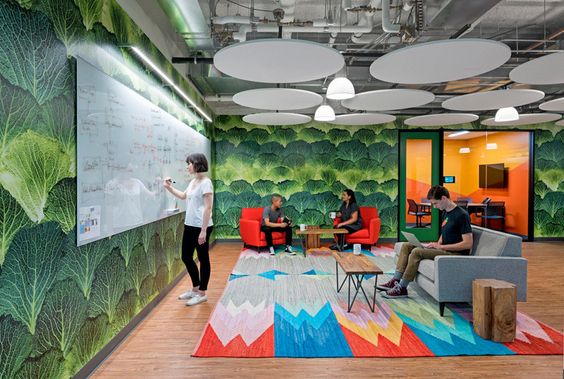
Striking a balance with space can be quite difficult and is the source of debate when it comes to office satisfaction. Having an office layout that encourages collaboration could help bring projects together more easily, unless your business concentrates on people working alone, in which case being open plan might not help at all!
Generally, having enough space to allow for both benefits most companies. Many businesses are looking at their options when it comes to the traditional office space and whether it’s still working. We spoke to the experts and the feeling is that the office of the future could be very different to what we’ve been used to. Mark Eltringham is a workplace specialist and explains:
“New offices will feature a core surrounded by break-out spaces, cafes, collaborative environments such as meeting rooms, private pods for working, and even games rooms and gyms. There will be a range of facilities to create an environment that people actually want to go to.”
When it comes to storage, you can have a lot of fun. Even though many offices are becoming paperless, you still need somewhere for pens, notebooks and other tools for your job. Using cleverly designed or attractive units can instantly brighten your mood and make you want to keep them tidy and useful.
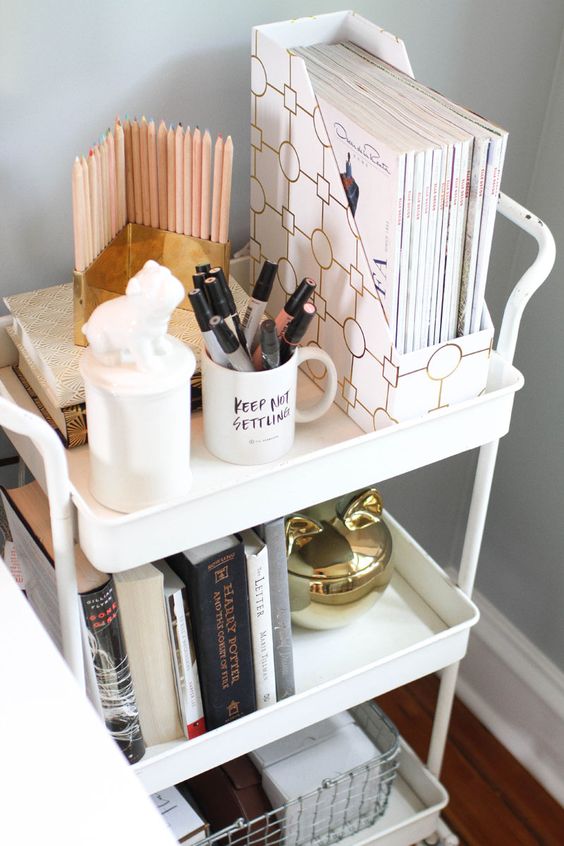
You have probably already heard that natural light is important for your health. As well as your daily dose of vitamin D, natural light helps you to get a good night’s rest by helping your body clock reset each day and it improves your mood by helping to release serotonin ‘the happy hormone’. The impact of light in the office has been thoroughly outlined and explored, so it’s an important consideration for the office.
However, as lovely as a bright office is, you also need to avoid unnecessary glare or too much fluorescent lighting, it can cause eye strain and headaches. So, even if you cannot get the coveted desk by a window, make sure you consider how much natural light you have access to at work.
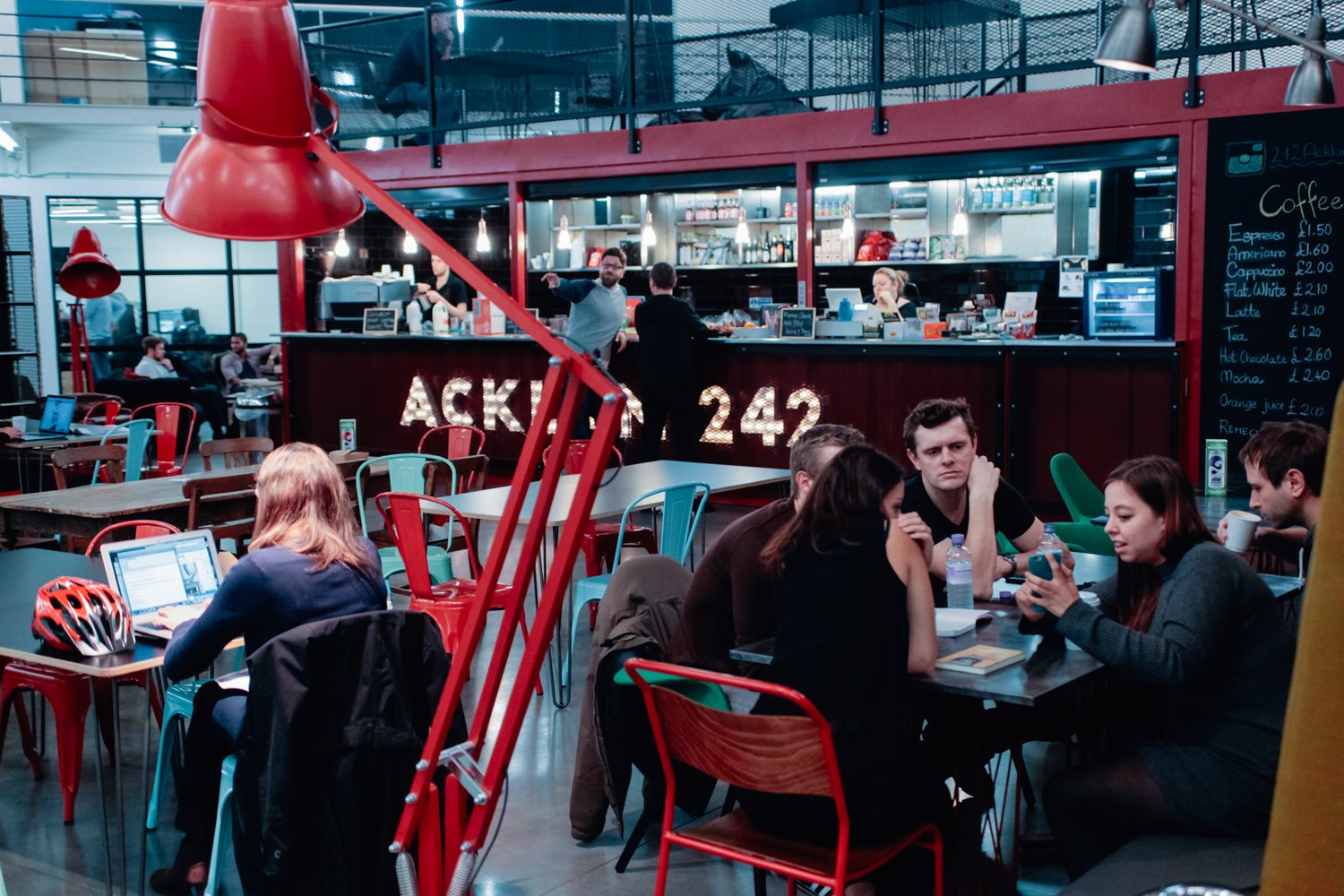
Everyone has a different preference when it comes to noise in the office. Some are blessed with ninja-like focus; they can work in an open plan office with a radio playing and colleagues chatting and planning projects around them without too much stress, but some might need silence or at least minimal noise distraction to complete their work. Striking a balance can make a huge difference in productivity.
A noisy office can not only be distracting, but stressful if you are someone who requires peace and quiet when you’re working. There are a lot of articles online to help tackle the issue, including plenty of apps and software suggestions to help you relax, focus or simply drown out the latest Game of Thrones conversation (after all, you don’t want to hear spoilers).
The best solution is to provide options. Have breakout spaces and areas that invite lively discussion – for work or break times – and allow people to complete their work in quieter and more focused environments, with headphones if necessary.
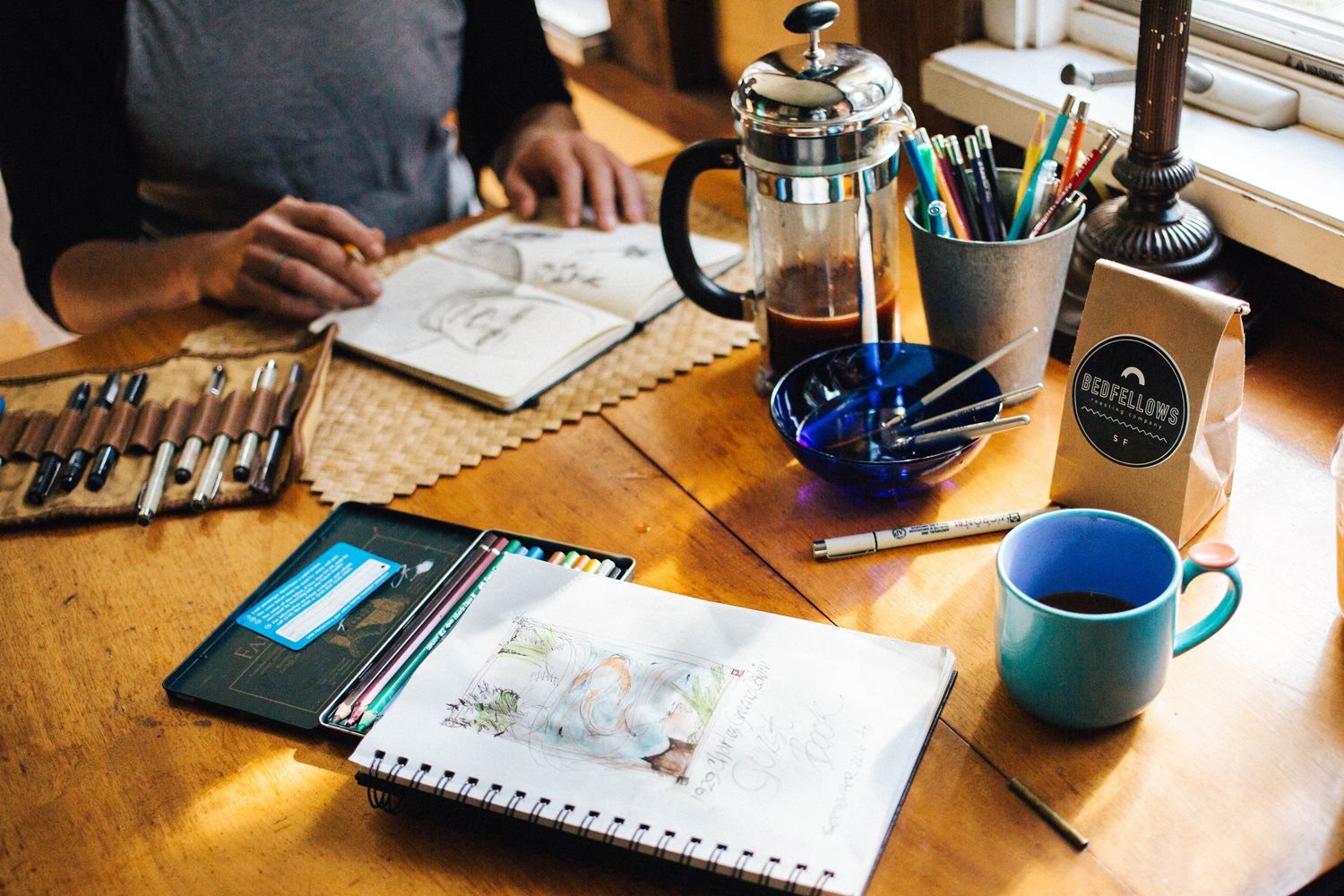
Ok, let’s be honest, sometimes the most you can do to improve your office is by taking control of your individual part of it, your desk. Making your workspace your own can be key to how happy you feel when you sit down at it every weekday morning at 9am to work. Kentin Waits from Wisebread wrote 6 Rules of Creating a Powerfully Productive Workspace and says:
“Those sleek and minimalist offices look great in glossy magazine spreads but adding a few personal touches to your space can help boost productivity. It’s all about comfort. Think about it: If you have to spend 8-10 hours in a space, then photos, artwork, plants, and other items can help you feel more relaxed and, in a tangible way, connect your work with other parts of your life.”
That being said — too much clutter could distract you from the task at hand. Our advice is to check your employee handbook or ask HR. Your company may well have rules about what you can or can’t have on your desk.
And remember, even if you can’t display a lot of photos or your collection of Trolls, there’s nothing to stop you from having colourful stationery or useful items that help you do your job and brighten up the place. We’re big fans of an attractive coffee mug!
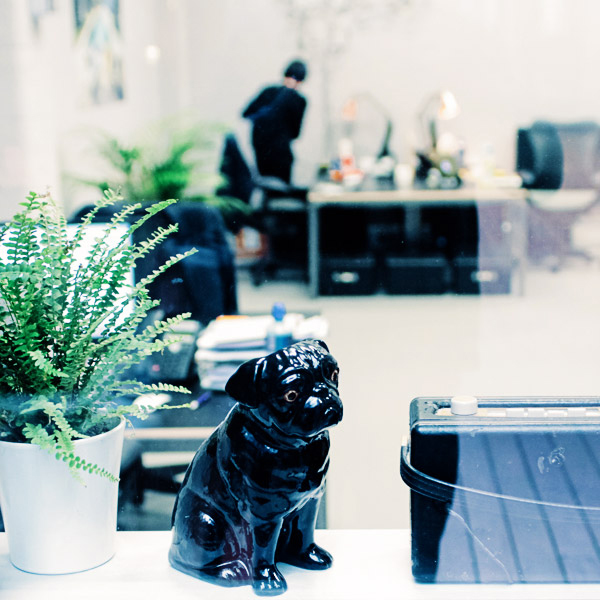
Office plants can make a big difference to the space; they give it character and have even been shown to increase happiness and productivity. Don’t believe us? There’s a few studies out there. There’s even the suggestion that plants reduce stress. There’s nothing sadder however than dead office plants. Remember to water them and follow the care instructions.
Plants are a calming presence and will certainly make the office seem a little more natural, which could be especially helpful if you work in a tech heavy industry or work in a location that isn’t near to many green spaces. Using them as a way to greet clients in a waiting room or to decorate a shared breakout area is also a great idea.
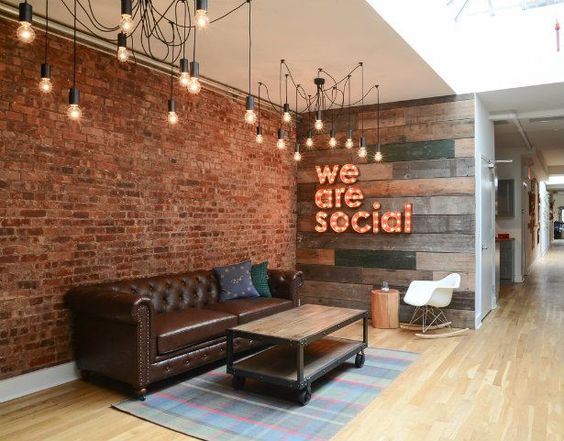
Chances are you’re already organised into a department, so it makes sense to be sitting with people who make your job easier, right? We spend a lot of time with our colleagues, and our personalities and individual quirks and traits will mean that we get on with some people better than others.
If you can breakdown your business into departments and sections, it might help to then define how you want them all to connect and communicate. Having people that will need to be in contact daily at opposite ends of a large space could make it difficult or stressful for them to keep getting together.
David Pong, principal at Mercer HR consulting, says: "Office space tends to deal with quite a few conflicting demands, which is why it is interesting, and political. First and foremost, a seating plan has to reflect how an organisation functions." So, think of what you want your company to achieve first, then decide where people sit that’s most likely to make that happen.
Obviously this is only going to helpful if you control the seating – but for those of your that don’t it’s probably more important to focus on the stuff you can control about where you sit. A comfortable chair, a decent temperature and possibly access to some noise cancelling headphones could help you to focus and create your own little area of calm if you need to escape once in a while!
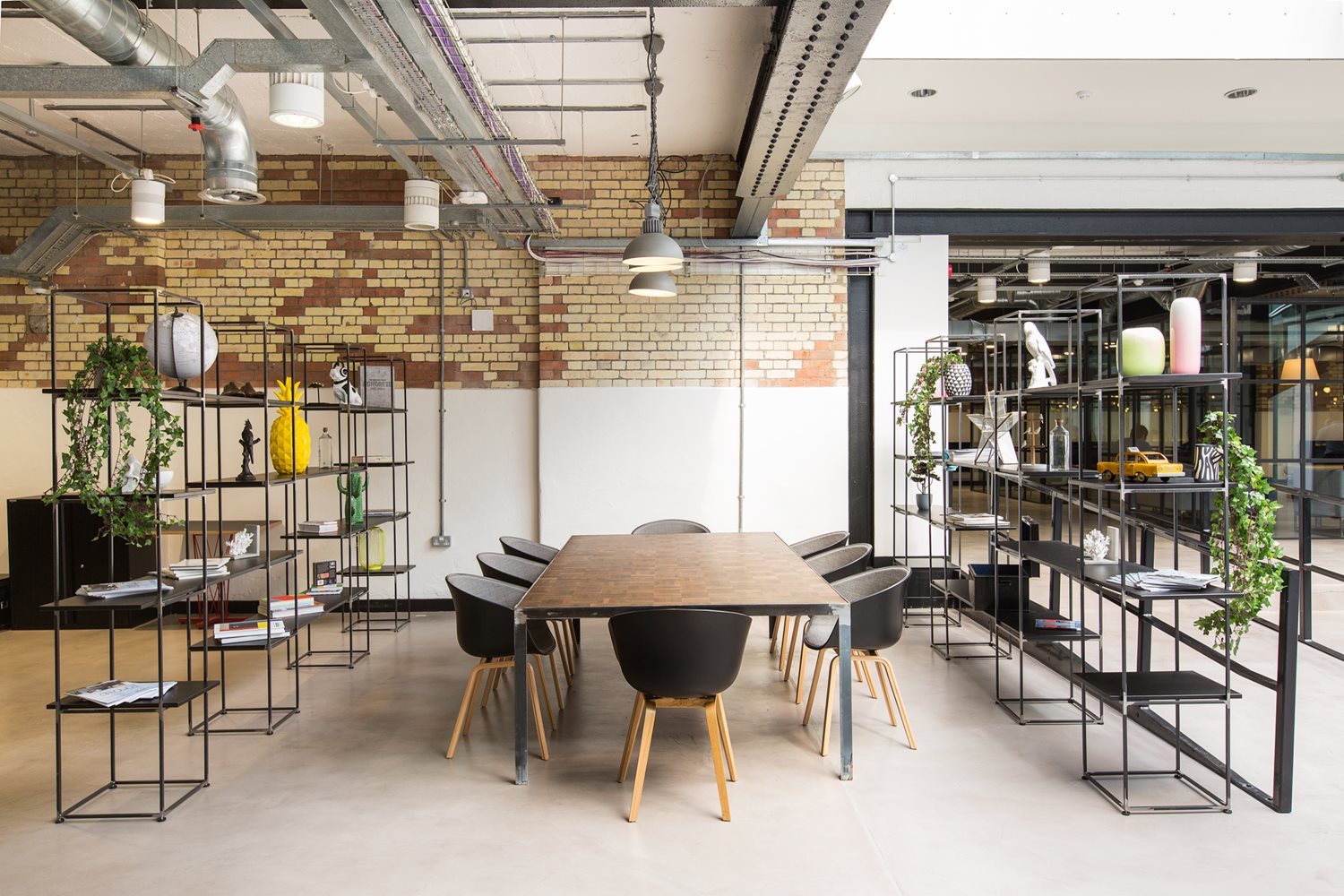
We also have plenty of room for you to organise your office in one of our iconic London locations. We’d love you to join us, so be sure to get in touch today.



Mon-Fri 9am-5.30pm